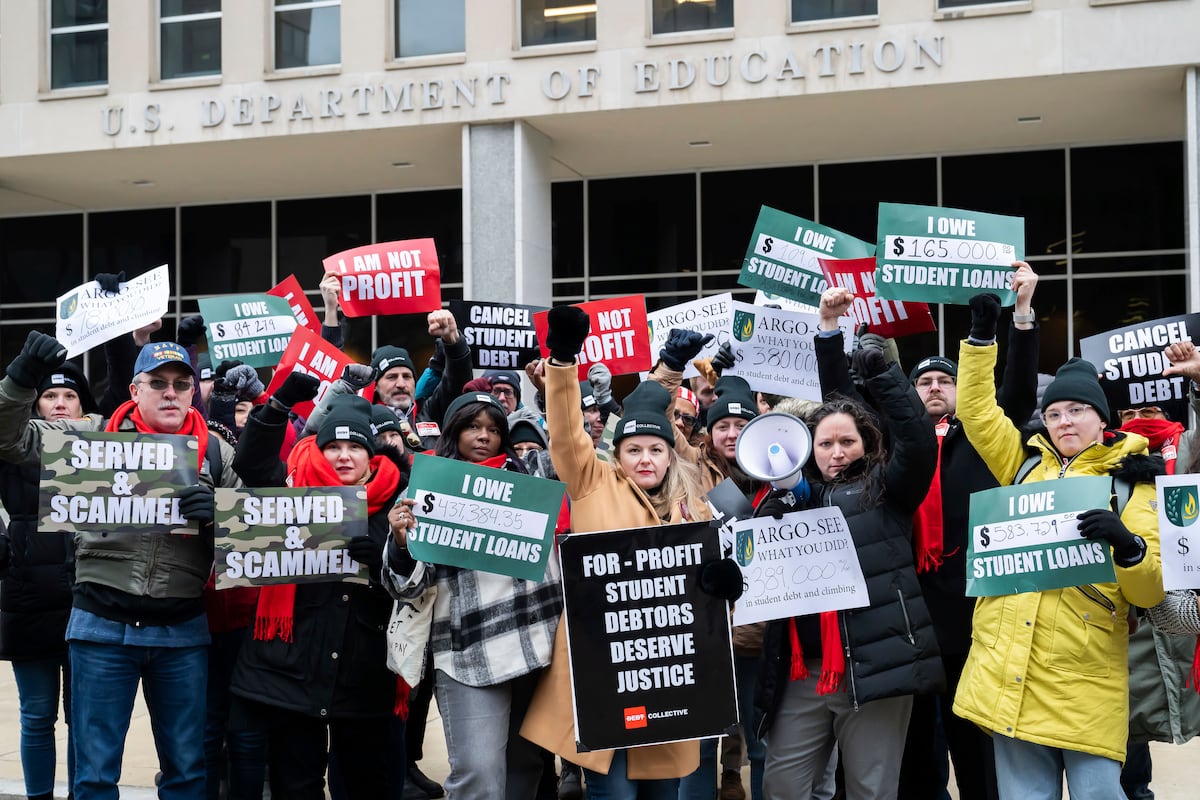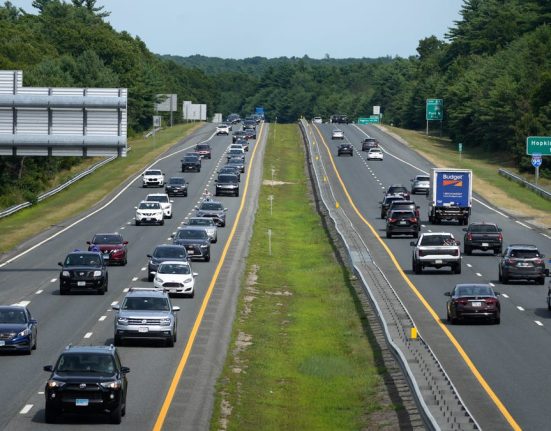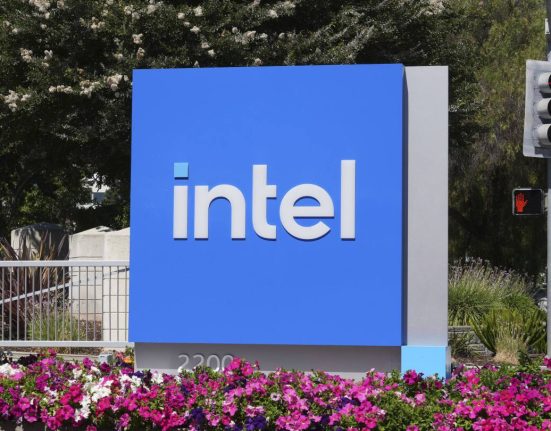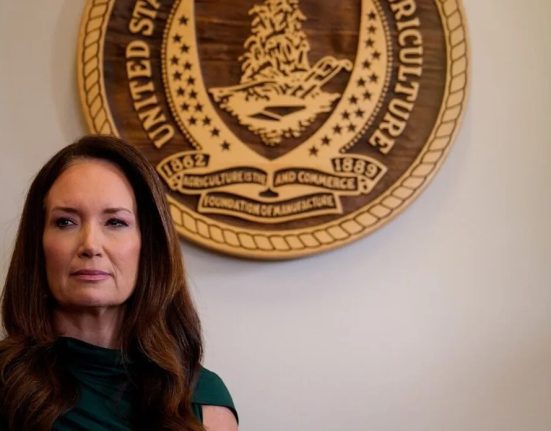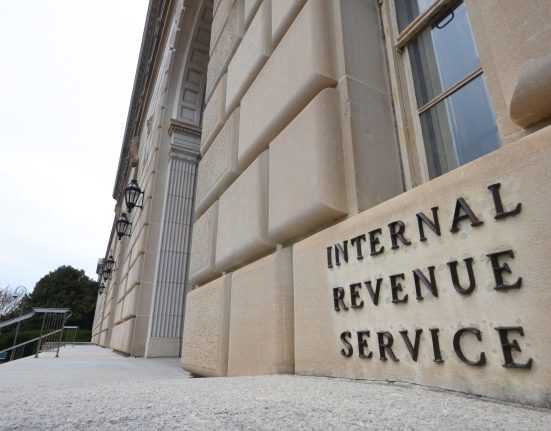A major change is coming to student loans. At the beginning of August, around eight million borrowers will once again see interest accrue on their loans, as more than a year of relief provided by the Biden administration’s Save a Valuable Education (SAVE) plan comes to an end.
Since the summer of 2024, borrowers enrolled in the SAVE plan have been protected by an administrative moratorium, the result of a court order that suspended the program’s implementation following lawsuits filed by Republican-led states. During this period, they were not required to make payments and no interest accrued, effectively freezing their balances.
However, in early July 2025, the Department of Education announced that this interest waiver would end on August 1.
How it affects borrowers
The financial consequences for borrowers will be significant. According to an analysis by the Student Borrower Protection Center (SBPC), the average SAVE plan borrower will pay an additional $3,500 in interest each year, or approximately $300 per month. For low-income borrowers, many of whom earn less than 225% of the federal poverty threshold, the burden will be especially heavy. In some cases, these borrowers could be charged more than $3,000 per year in interest alone.
The return of interest payments will not be accompanied by the resumption of monthly payments, which will remain suspended until at least December. However, interest will begin to accrue on borrowers’ accounts, causing an increase in loan balances and, potentially, future monthly payments.
To prevent balances from skyrocketing, borrowers can choose to make voluntary interest-only payments. But those payments made during the moratorium will still not count toward payment for Public Service Loan Forgiveness (PSLF) or Income-Driven Repayment (IDR) programs.
The end of SAVE
The long-term future of the SAVE plan is bleak. As part of the One Big Beautiful Bill Act signed by President Donald Trump in July, the SAVE plan will be officially repealed on July 1, 2028. In the meantime, SAVE plan borrowers will need to switch to other repayment options, likely well before 2028.

The two main options will be the existing income-driven repayment (IDR) plan or a new repayment assistance plan (RAP) backed by Trump, which is scheduled to launch in July 2026. Although the RAP will include some safeguards against the balance increasing due to interest, it is expected to result in higher monthly payments and longer forgiveness terms compared to SAVE.
For now, the Department of Education is encouraging borrowers to proactively switch their repayment plans, even as it deals with a backlog of more than 1.5 million IDR applications. Processing delays could mean that many borrowers remain in limbo for months, or even longer.
What borrowers can do now
With interest resuming but payments still paused, borrowers face difficult decisions. Remaining in the SAVE moratorium carries the risk of increasing debt, while switching to another plan could mean dealing with delays or higher payments. Some may choose to make voluntary payments, even though they do not count toward forgiveness.
The Department of Education recommends that borrowers update their income information using the IRS data retrieval tool and consider applying for IDR or preparing for RAP once it becomes available.
In a statement, Education Secretary Linda McMahon said the administration is focused on “fiscal responsibility” and simplifying repayment, but for borrowers facing thousands of dollars in new charges with no clear path forward, the future remains uncertain.
Sign up for our weekly newsletter to get more English-language news coverage from EL PAÍS USA Edition

